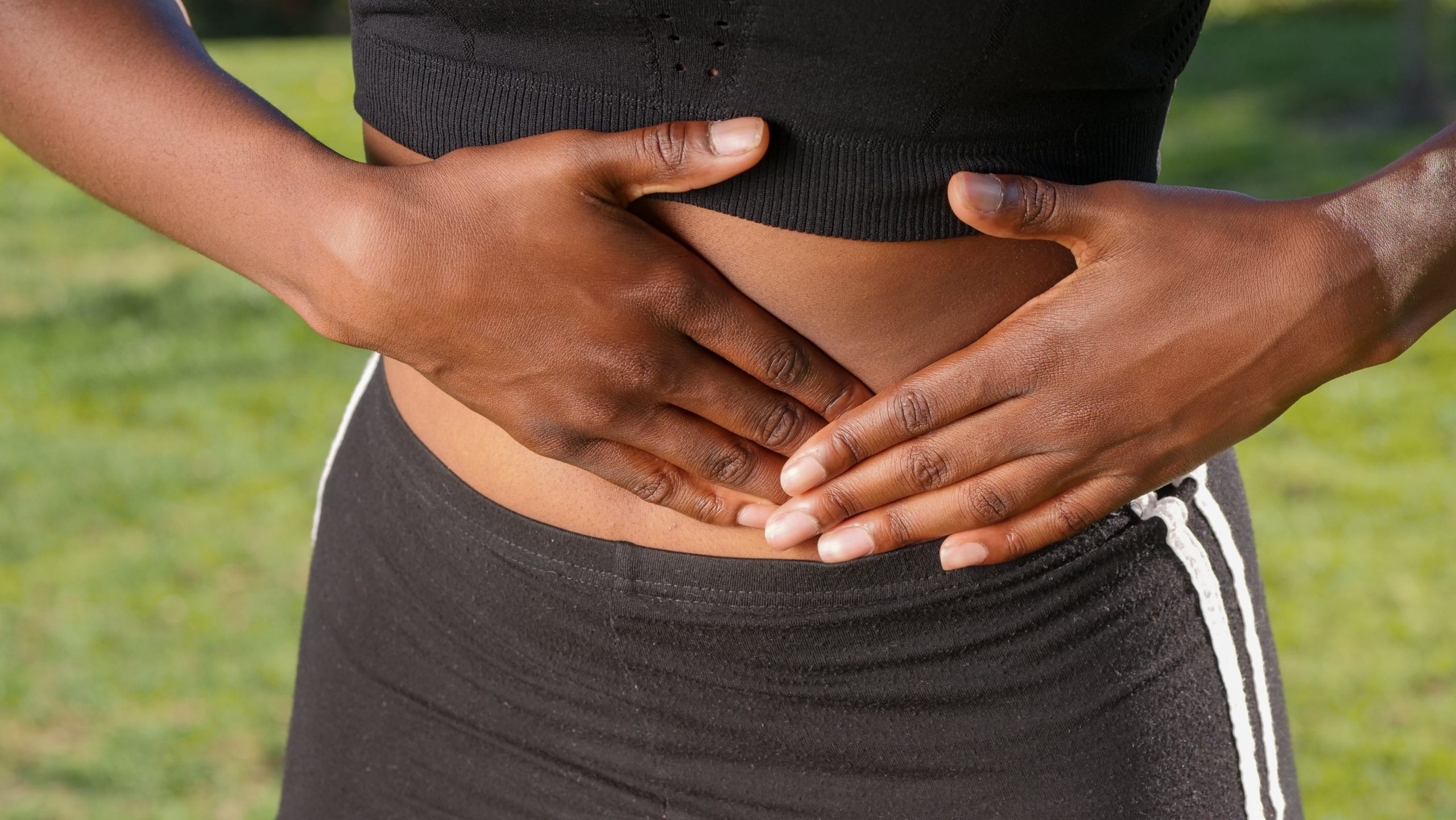‘No pain, no gain’ is a popular exercise motto. The belief is that you should exercise until you feel pain – only then will your muscles achieve the physical benefit of it. In other words, if you want defined abs or a bubble butt, you need to work out that body part until it’s painful.
Just how true is this motto? Is pain really necessary? It can be, but in other cases it can be harmful. This is why it’s important to know the difference between good pain and bad pain.
Identifying good pain
After doing lots of squats, you might experience a burning sensation in your thighs. This is caused by a build-up of lactic acid in the muscles. This lactic acid helps to trigger a growth hormone that helps muscles to grow. This is an example of good pain.
Lactic acid training is popular among bodybuilders and involves training a certain body part repetitively until the ‘burn’ kicks in. This ‘burning’ usually fades away after you stop exercising this part of the body.
Some people may feel an extra pain 24 to 48 hours after a hardcore workout known as DOMS (delayed onset muscle soreness). This may last a couple days and is usually a sign that muscles are repairing themselves and growing. Contrary to popular belief, it is not necessary to feel DOMS after a workout, although it is generally not harmful either.
Identifying bad pain
If you experience a sharp pain during exercise instead of a slow burn, this is usually a red flag that you’re over exerting yourself. This could be the sign of a pulled tendon or cramp. Continuing to exercise through this pain could lead to sprains and tears. Unlike DOMS which lasts a few days, these types of injuries will generally continue to hurt for more than five days and will generally require physio to recover from. This is a classic example of bad pain.
If you experience a sharp or searing pain, you should take a break from exercising to prevent injury. Such an injury won’t benefit muscle growth – you’ll likely have to rest the injury and give up exercise for a couple weeks, which could undo all of your hard work.
Knowing your limits
Good pain can swiftly turn into bad pain. Look out for when that lactic acid burn becomes a sharp pain – you’ll usually start to feel a sense of discomfort before this happens.
If you have achy muscles the day after a workout, make sure to rest these muscles until the ache has gone away. Don’t perform intense exercise on the same muscles two days in a row as this will increase the risk of an injury. This is often why people have an ‘upper body day’ and a ‘leg day’ – it allows you to exercise more frequently while giving individual muscles time to rest and recover.
Taking certain preventative measures may reduce the chance of an injury occurring. A few preventative measures to consider before exercise include:
- Making sure that you have the right equipment (e.g. running shoes, knee braces)
- Taking the time to stretch muscles before exercising
- Taking the time to warm up and cool down
- Learning the correct ‘form’ (such as keeping your back straight when doing a deadlift)
- Avoiding eating too much before exercise (to avoid a stitch)
- Staying hydrated

1 Comment